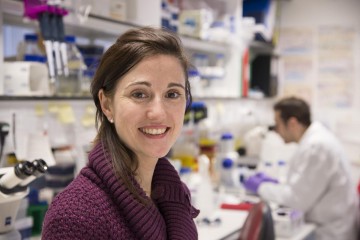Project grant
Replacing liver cancer models by modeling human liver cancer in vitro

At a glance
Completed
Award date
October 2017 - March 2020
Grant amount
£221,496
Principal investigator
Dr Meritxell Huch
Institute
University of Cambridge
R
- Replacement
Read the abstract
View the grant profile on GtR
